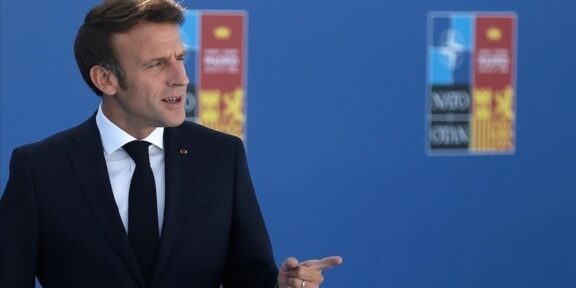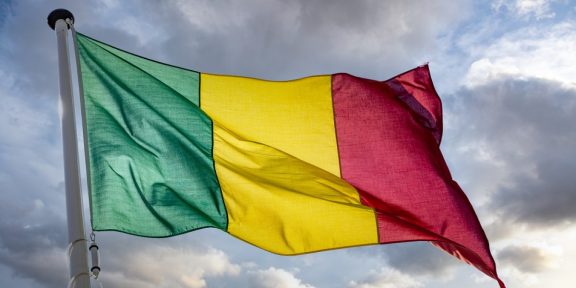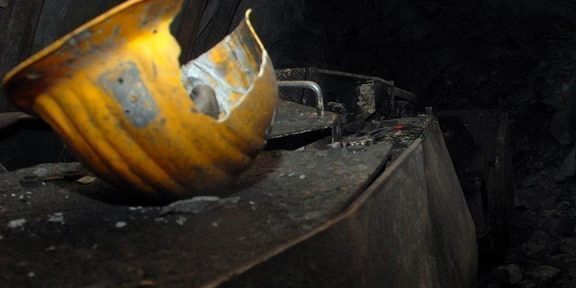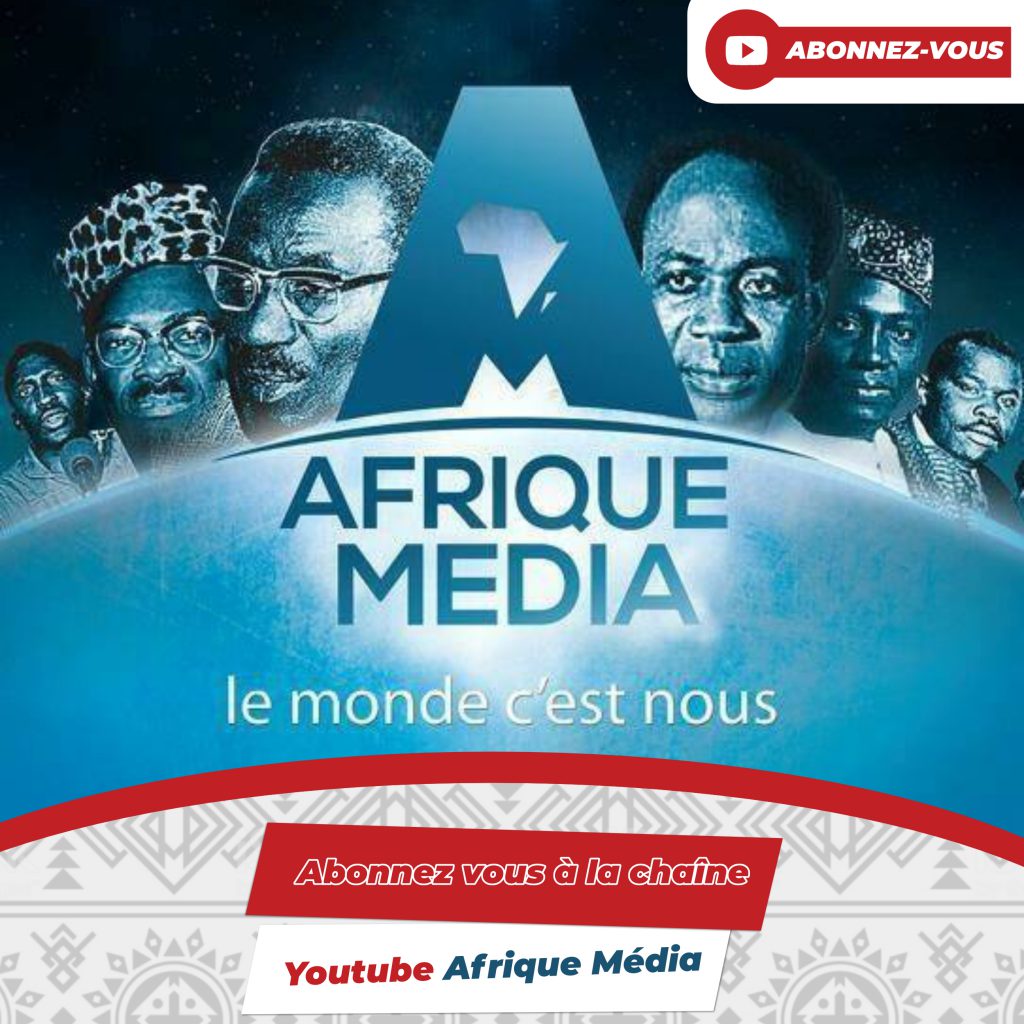The conflict in Ethiopia’s Tigray state, one of Ethiopia’s ten regional states, is an irredentist, ethnic secessionist war led by the Tigray People’s Liberation Front (TPLF) against the multiethnic federal government. Although the conflict officially started on November 4, 2020 after TPLF attacked the federal government’s Northern Command based in Tigray, this showdown had been brewing for many years— decades, actually.
Since the start of the conflict until the present moment, the majority of coverage on Tigray has been marked by massive levels of disinformation. This report shows in detail why and how the disinformation is propagated—via print and social media—by predominantly Western sources. Ultimately, the disinformation serves to manufacture consent for an unpopular irredentist, ethnic secessionist war that could not be justified in the eyes of the international public through honest reporting.
This publication shows how a “communications blackout” is used as a justification by the media to accept and forward information of poor integrity. This report looks beyond the gaudy headlines and provides sober, evidence-based analysis of the major allegations. Significant focus is given to social media as most disinformation about Tigray originates there. Additionally, this report assesses the nature of, and problems with, Western media’s overall coverage of the Tigray conflict. Lastly, the report provides analysis of the actions by Western governments and likely consequences of those actions to encourage better policy decisions in the Horn of Africa moving forward.
Historical Context
Following in the footsteps of revolutionary Eritrean liberation movements that had been at war with Ethiopia’s government since 1961, various oppressed ethnic nationalities organized armed liberation movements in their respective territories inside Ethiopia. Drawing inspiration, training, and material support from EPLF,1a small group of Tigrayans formed the Tigrayan People’s Liberation Front (TPLF, known locally as Weyane). Like EPLF, TPLF sought independence for its“nation.” Unlike Eritrea, however, Tigray was not an independent nation or colony during either the medieval Abyssinian era or the European colonialization of Africa as it was instead a central piece of the empire’s feudal aristocracy. In 1976, TPLF published in its founding manifesto plans to create an independent Tigrinya-speaking “Republic of Greater Tigray” by expanding “its” territory in northern Ethiopia to include the lands of neighboring ethnic groups, acquiring coastal lands within Eritrea and seceding from Ethiopia to form a new republic.
2The Dergue regime was toppled in 1991 by a coalition of liberation forces led primarily by EPLF and TPLF.3 Eritrea went on to become an independent country in 1993. Ascending to power in Ethiopia, TPLF steadily worked towards achieving the goals laid out in its manifesto by establishing Ethiopia’s system of “ethnic federalism” mandated by a constitution ratified in 1994 that—through the controversial Article 39—allowed for secession of ethnic states in the federation through unconditional self-determination.4 Governing through repression in a newly created ethnicity-based ruling coalition, the Ethiopian People’s Revolutionary Democratic Front (EPRDF), TPLF was able to maintain a dominant position in the coalition, expand its territorial boundaries and enrich the Tigray region, which comprises only six percent of the national population, to the detriment of other Ethiopian regions.5 Keeping true to its manifesto, Tigray’s boundaries expanded in all directions after 1991. Recent maps show how Tigray grew to include the Amhara regions of Welkait and Raya, the Eritrean town of Badme and other surrounding areas.
“It was clear to the international community decades ago that as TPLF moved forward with its secessionist ethnic agenda as laid out in its 1976 manifesto—changing boundaries, fighting territorial wars and looting state resources—the Ethiopian federal system was becoming increasingly unstable.”








